What's new for winter 27/28
Explore more on Destinations
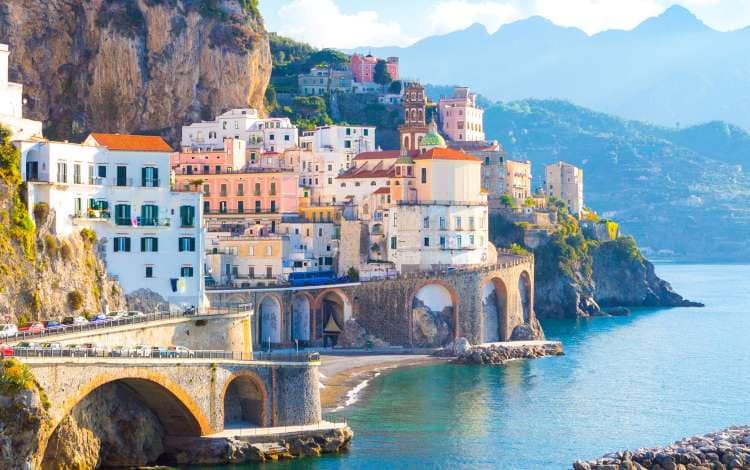

‘In my job I am lucky enough to travel all over Italy,’ says Adolfo Aloschi of Aloschi Bros, a third generation family-run tour operator specialising in Italy. ‘When I go to Liguria I love to eat fresh pasta with pesto; in Tuscany I’ll have a vin santo (sweet wine) with cantuccini biscuits; in Sicily I’ll eat anything with pistachios; when I go to Sardinia I’ll have a plate of fresh cheese with pane curasao (local bread); and Naples where I’m from is the home of pizza – it looks like a simple recipe but you have to try it from Naples to taste the difference! In Italy, every region has is own specialty.’

Standing before buckets of gelato artigianale debating which flavours to try is among the sweetest pleasures of an Italian holiday. Italy is the accepted birthplace of ice cream and the joy of gelato runs deep.
Florentine architect and amateur cook Bernando Buontalenti is credited with inventing the modern ice cream in the 16th century when asked to prepare a dessert for a feast at the court of the De Medici. At the famed gelateria Badiani, you can try their unique Buontalenti flavour, created in his honour using, as he did, just cream, milk, sugar and eggs.
‘In Italy, eating a gelato at any time of day or night is a must,’ says Adolfo. ‘Italians will travel to the other side of the city to eat the best. In my experience, the greatest gelato can be found in the southern regions of Sicily, Apulia and Campania.’
With more than 19,000 gelaterias in Italy (Rome boasts the most at around 1,500), you’re never far from your next scoop. However, if you can’t wait, guests on future Iona cruise holidays can enjoy Snowflake luxury gelato at Ripples gelateria. Made using artisan methods and the finest Italian ingredients, you can look forward to flavours including Sea Salted Caramel, Hazelnut and Raspberry Sorbetto.
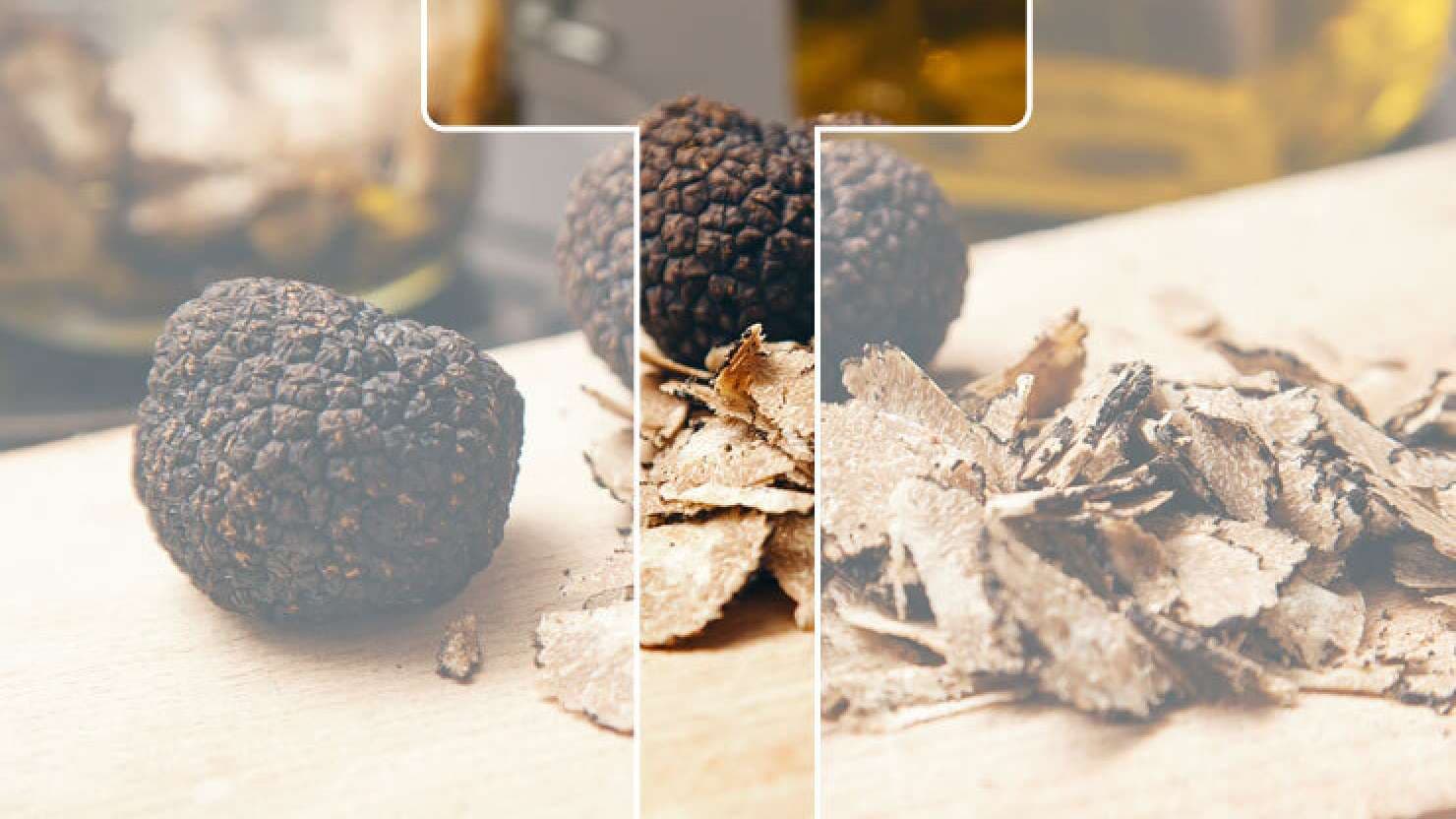
In Tuscany, truffle hunting is a serious business. The curious fungi flourish among the tree roots in the woodlands and rolling hills in the truffle zone north of Florence.
Truffle hunters with Lagotto Romagnolo truffle hounds track them down in secret hunting grounds. Rivalries are intense and the stakes high: in 2014, a 1.8kg Italian white truffle was sold at auction at Sotheby’s in New York for a record £41,420.
At the cornucopian Mercato Centrale in Florence, follow your nose to find some of the region’s finest truffle products at the restaurant and shop of truffle master Luciano Savini. Feast on pasta al tartufo and sip a refreshing truffle beer, then stock up on truffle oils or little pots of the ‘black diamonds’ to take home.
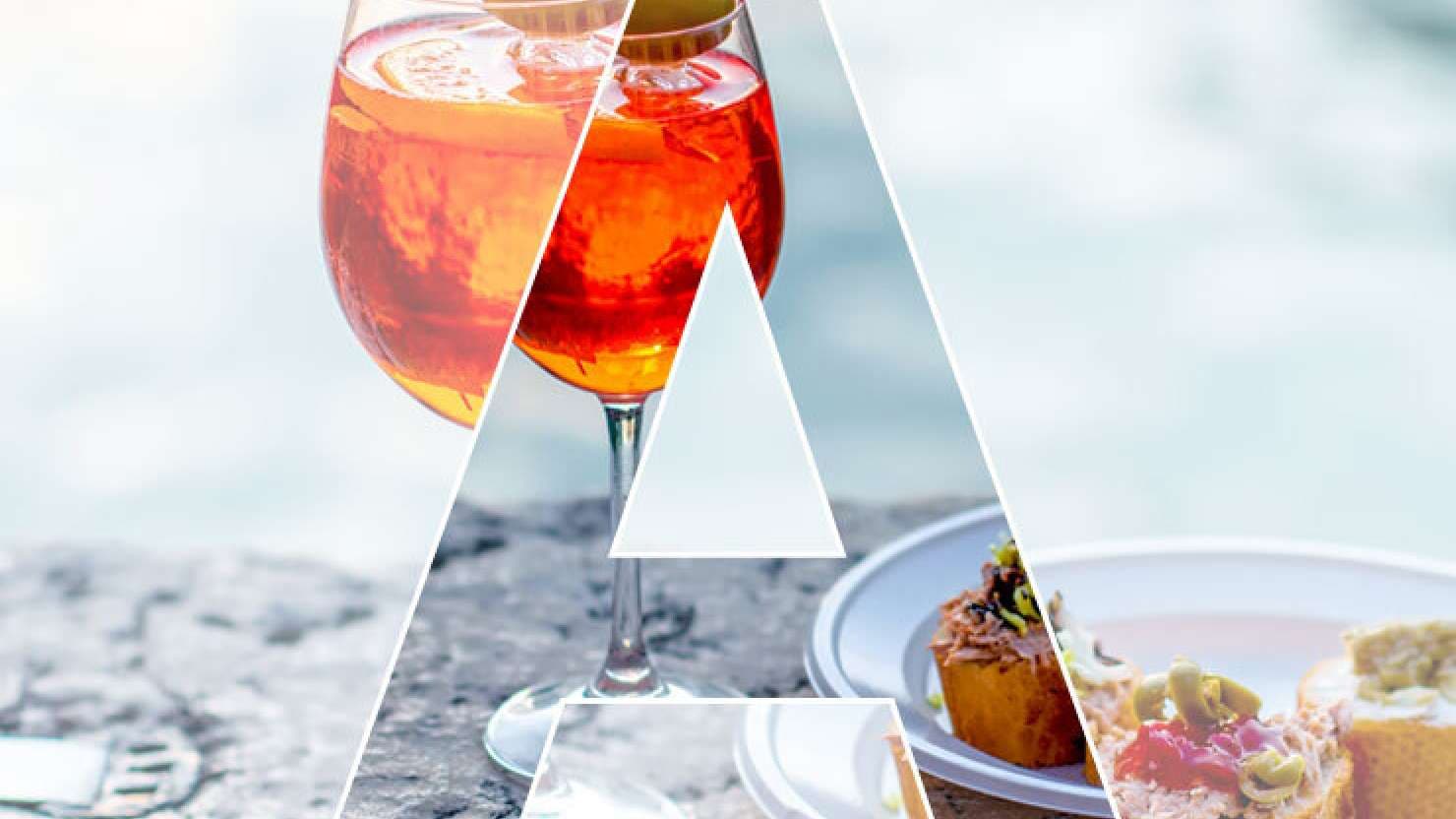
Across Italy, the ritual of aperitivi with plates of cicceti (little snacks) is sacrosanct. No lunch or dinner is complete without a salutation to good company, good health and good food.
‘In the past few years “aperitivo time” has become very popular,’ says Adolfo. ‘The best time to get together is after 7pm, when everybody has finished work and is ready to relax, drink and laugh with friends.’
Prosecco always sets the mood (look for the protected DOCG Conegliano-Valdobbiadene Superior prosecco for the finest bubbles). However, these days, the bold, bright-orange Aperol Spritz has been stealing the show.
Made with 3 parts prosecco, 2 parts Aperol liqueur, and 1 part soda (poured over ice with fresh orange garnish), the Aperol Spritz is in fact an Italian cocktail classic. Aperol was created in 1912 by brothers Luigi and Silvio Barbieri, and it became the cocktail of choice among the fashionable summer set in the 20s and 30s. Nearly 100 years later, it’s still a joyous symbol of relaxation, sunshine and happy times.
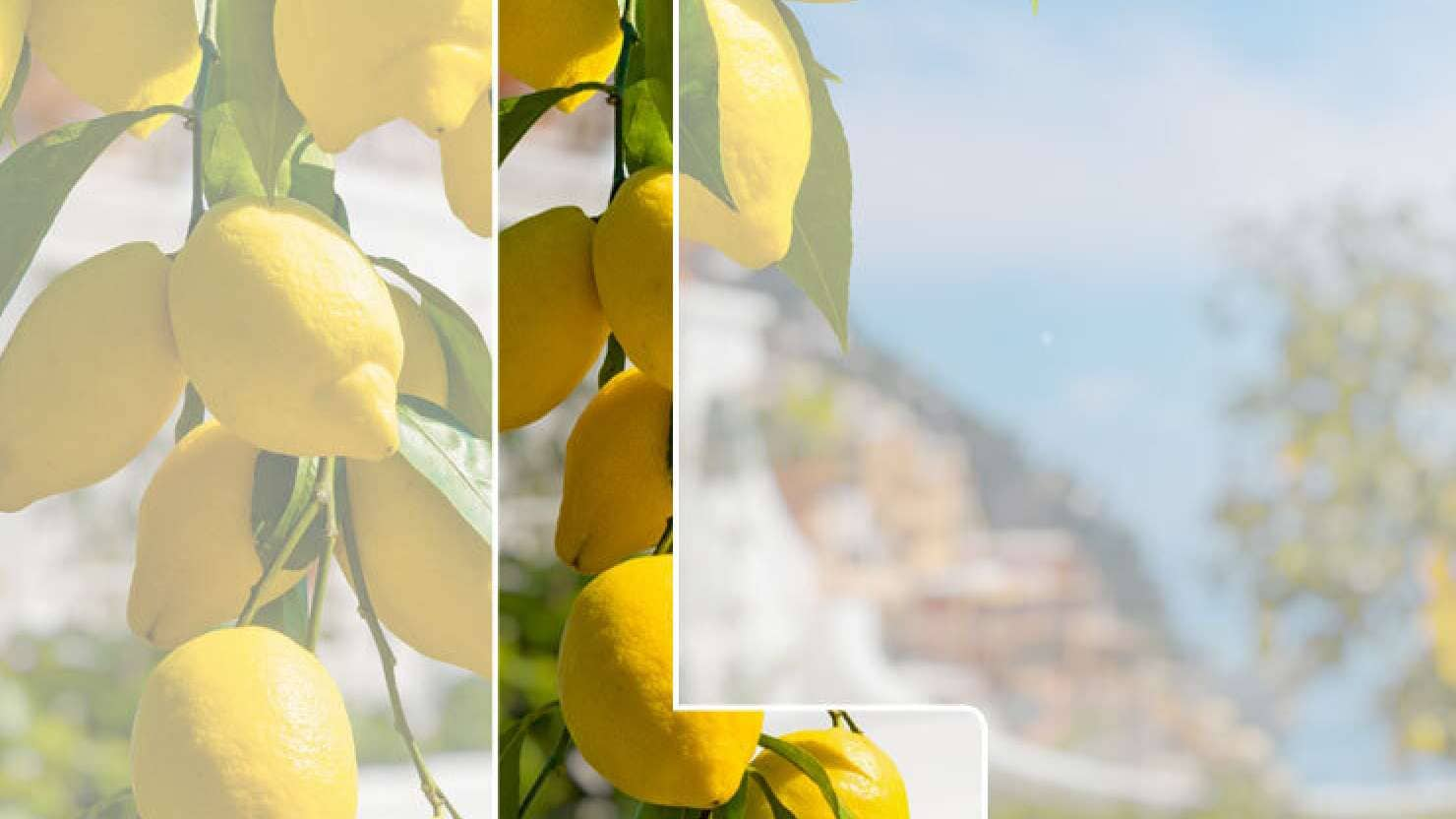
Breathtaking landscapes, sparkling seas and pretty pastel villages awash with flowers. So far so Italian. Throw in the sfusato lemon and you can only be on the Amalfi coast.
These outsized citrus fruits are particular to the region. Cultivated since Roman times to be rich in juice, sweetness and flavour, they helped seafaring locals to ward off scurvy and were a valuable trading commodity. Today, the area’s terraced ‘lemon gardens’ cover about 400 hectares and villages boast lemon byproducts galore – from delicate fragrances and beauty products to the ever-present limoncello liqueur. Sfusato lemons are a protected species so look for goodies boasting a logo of authenticity when stocking up on zesty souvenirs.
‘If I spend a weekend on the Amalfi Coast I’ll definitely have a lemon granita,’ says Adolfo. ‘I like to sit at one of the seaside restaurants and watch the sea lapping against the shore.’
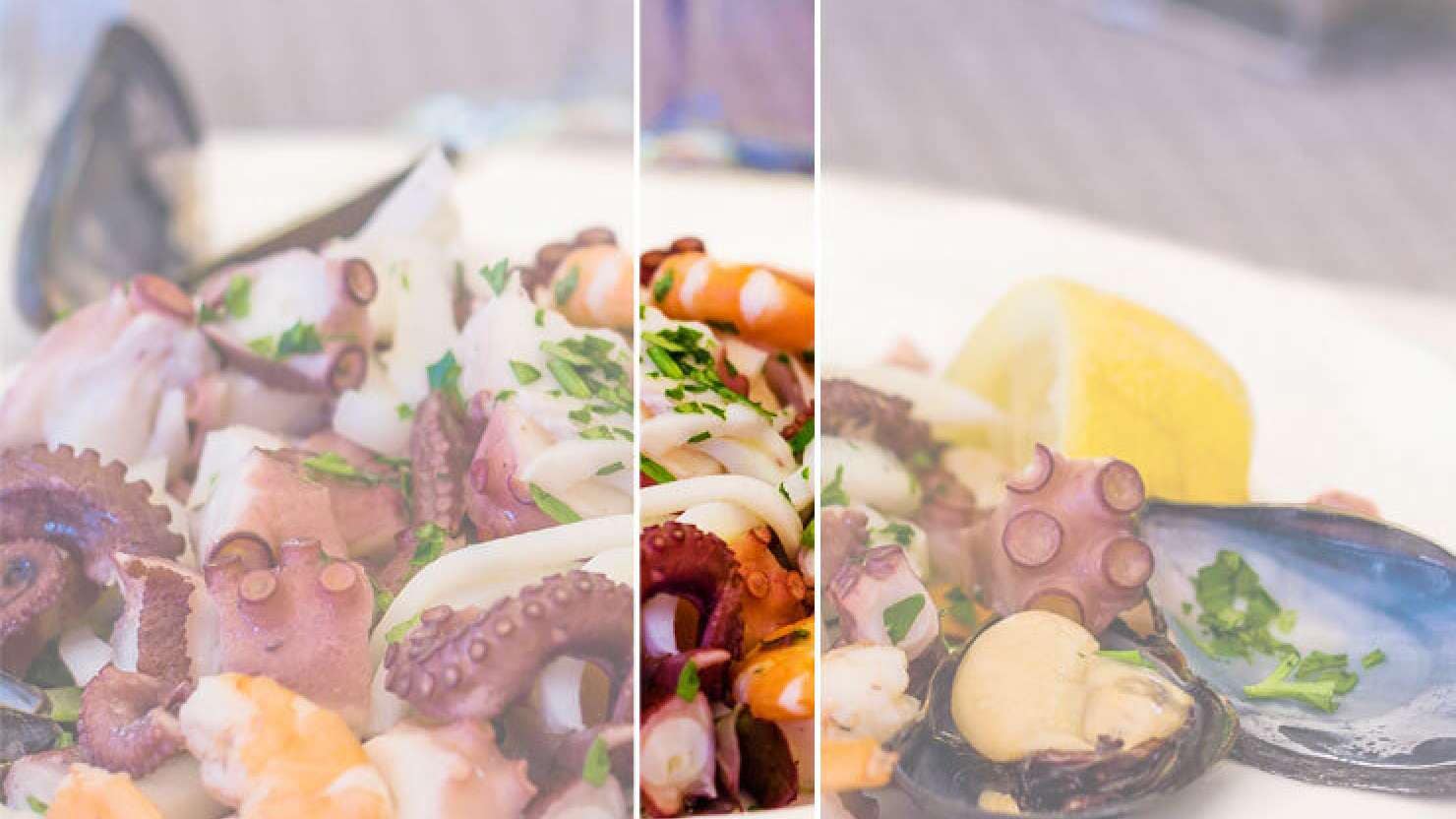
Picture the scene. A lively restaurant terrazza by the sparkling sea. Sunkissed diners clink glasses of crisp, white wine. Waiters glide around the tables holding aloft vast platters of fish, lobster, prawns and shellfish, setting them down to gasps of delight and anticipation… Yes, seafood lovers you’re in for a treat.
Most of Italy’s 20 regions have a coastline so the country’s seafood is as fresh as it gets. In summer, start your fish feast with an insalata di mare, drizzled with lemon juice and olive oil. Then choose your fish, cooked how you like it, or opt for seafood risotto or pasta.
See Italy’s vast array of seafood laid out in all its glory at Palermo’s oldest and most lively market Ballaro' or at San Benedetto Market in Caglieri (you’ll find other foodie products, too). Alternatively, soak up the fishing-village vibe in Marina Grande’s Antico Borgo Marinaro, just along the coast from Sorrento, or Elba’s more developed but still charming Porto Azzurro.
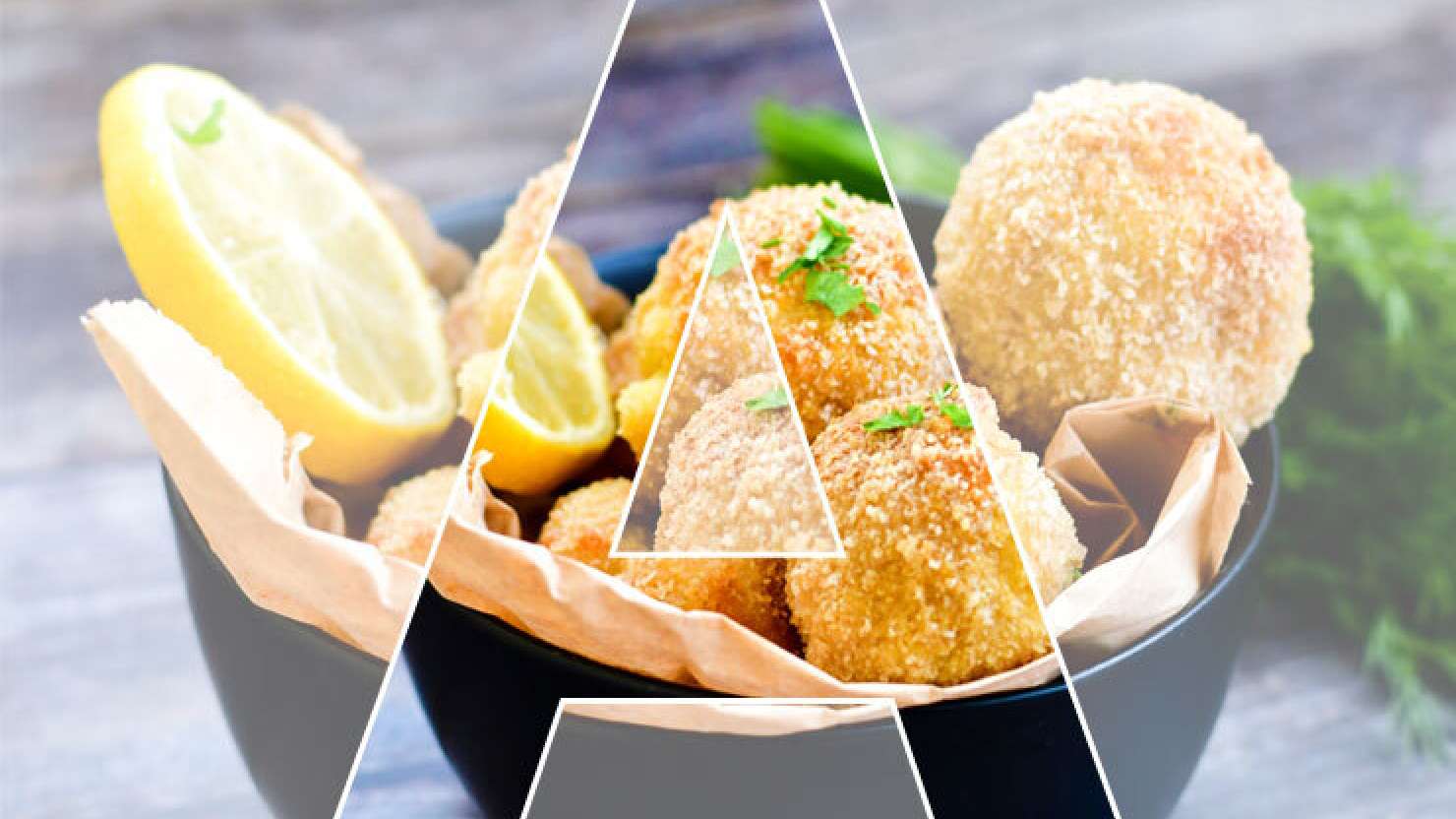
Known as ‘God’s Kitchen’, Sicily is a cauldron of culinary wonders. Fruit, vegetables and nuts flourish in the volcanic soil while seafood is caught fresh each day in the waters surrounding the island. Little wonder Sicilians are obsessed with food.
You can’t miss arancini. Lovers of the TV series Inspector Montalbano will be familiar with the eponymous detective’s passion for the ‘little oranges’, and in every local café or restaurant you’ll find these moreish balls of rice: mostly filled with sugo (meat in a tomato sauce) or cheese, they’re then coated in bread crumbs and deep fried.
Sweet-toothed Sicilians love their cannoli, too. These crispy tubes of deep-fried pastry are filled with sweet ricotta and often decorated with fruit, nuts or chocolate (or all three). The ultimate sugar-hit, they go particularly well with a strong coffee.
‘It’s the combination of Italy’s climate and Italian people’s passion for their cuisine that makes the perfect combination,’ says Adolfo.
of
Don’t miss out! Sign up for latest news, offers and competitions from P&O Cruises.